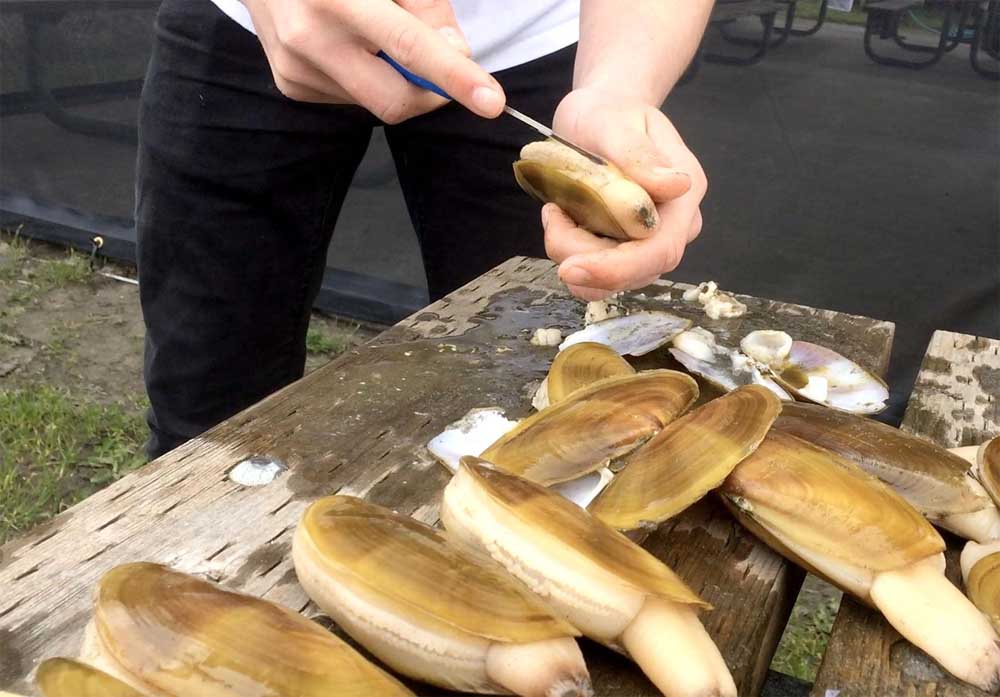Toxin levels put North Coast clam digs on hold
Published 7:30 am Monday, March 15, 2021

- Elevated levels of domoic acid were found in razor clams.
Domoic acid levels in razor clams on Clatsop County beaches spiked this winter, throwing the possibility of popular recreational digs into question.
The elevated levels are tied for the fourth-highest ever observed on the North Coast since the toxin was discovered in the area in 1991. They are also the highest levels ever observed during the months of December and January, according to state fishery managers.
In mid-January, sampling of razor clams came back with a test result of 140 parts per million, well over the state’s threshold of 20 parts per million.
The surge followed a large, harmful algal bloom in the fall, just after clams finished a second, late-summer spawning and were gobbling up food in preparation for the lean winter months. Unfortunately, the food they were eating — and storing for energy reserves — was full of toxins, said Matthew Hunter, the shellfish project leader for the Oregon Department of Fish and Wildlife.
A “stall” in ocean winds and currents in the early fall helped create conditions for the bloom and essentially held it along the Oregon Coast. More normal conditions during this seasonal transition period would have likely broken up the bloom.
The state called the situation a “perfect storm of harmful algal blooms, weather, ocean currents and the clams’ own physiology.”
Now, fishery managers are waiting to see what an upcoming spring transition period brings. If there is not the usual transition in ocean conditions, waves and winds, “we could see some issues,” Hunter said.
To reopen beaches for razor clam digs, the Oregon Department of Agriculture requires two consecutive tests with results below the closure limit.
Harmful algal blooms have become a regular part of fishery managers’ considerations when it comes to both razor clam and Dungeness crab fisheries.
In 2015, a massive harmful algal bloom shut down razor clam digging in Oregon from the spring into the winter. In 2016, the fishery weathered another bloom with a closure that continued through 2017. But the blooms remain unpredictable.
The cells that produce the toxin may be present in huge concentrations in the water, but not producing any toxin. Then, if there is toxin present, whether clams and crabs accumulate domoic acid in their tissues can depend on the time of year, food availability and their need to hold onto food.
Oregon does not have as many razor clams as Washington state and the Clatsop beaches account for the bulk of the clams harvested in the state each year. Unlike Washington state, which opens digs at set dates and times throughout the year, Oregon’s beaches are generally open to clamming except for a seasonal closure from July 15 to Sept. 30 north of Tillamook Head.
As of March 4, Washington state is continuing to sample razor clams regularly. Fishery managers are waiting for domoic acid levels to drop to safe levels before they announce harvest dates.



